The 1980s were a golden age of television rivalries that captured the imagination of an entire generation. These conflicts weren’t just plot points—they were cultural moments that divided living rooms, sparked water cooler conversations, and became part of our shared pop culture language. Every week, viewers would tune in, passionately rooting for their favorite characters and debating the nuances of these epic showdowns.
1. J.R. Ewing vs. Cliff Barnes on “Dallas”
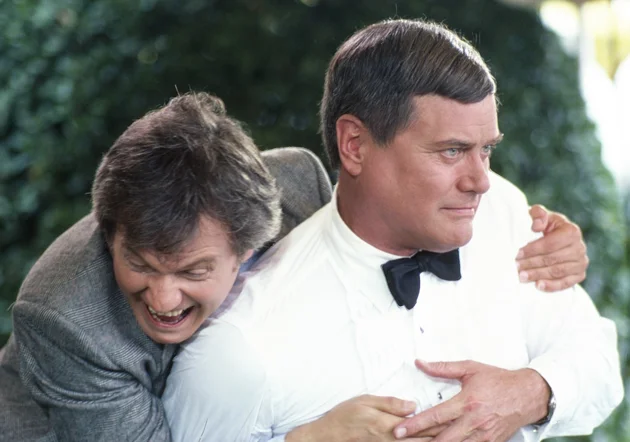
Larry Hagman’s J.R. Ewing and Ken Kercheval’s Cliff Barnes represented the ultimate oil business feud that captivated millions of viewers each week. Their rivalry was a complex dance of power, revenge, and family betrayal that defined prime-time soap opera drama. No two characters better personified the cutthroat world of 1980s business competition. Rolling Stone reports on how Dallas is often credited with paving the way for absolutely peak television, and it seems we owe some of that success to the chemistry between the characters, even when it was combustive.
The animosity between J.R. and Cliff went far beyond simple business disagreements, representing a deeply personal vendetta that spanned generations. Their conflict was so intense that viewers would actively choose sides, debating the merits of each character’s actions. The rivalry became a metaphor for the broader economic battles of the Reagan era.
2. Blake Carrington vs. Alexis Carrington Colby on “Dynasty”
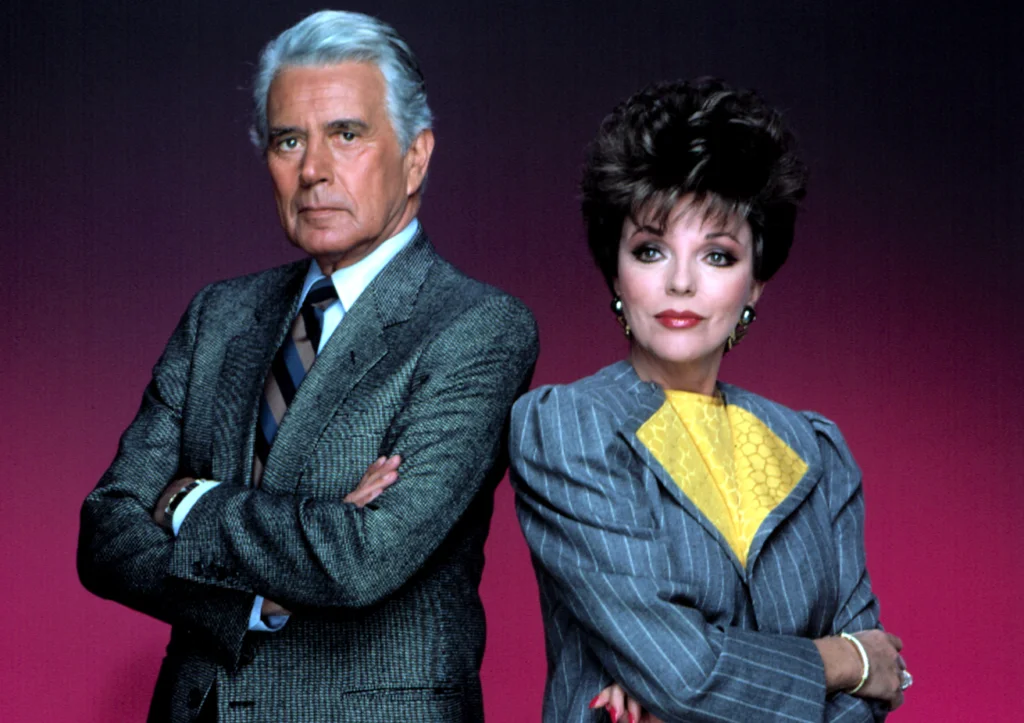
John Forsythe’s Blake Carrington and Joan Collins’ Alexis Morell Carrington turned marital warfare into an art form that riveted television audiences. Their divorce and subsequent business battles became the stuff of legendary television conflict, with each character fighting for family control and personal vindication. The sheer glamour and viciousness of their rivalry made it impossible to look away. Slate classifies this program as some of primetime television’s very best, especially in the soap category.
Every encounter between Blake and Alexis was a masterclass in verbal sparring and high-stakes drama. Their conflict transcended typical soap opera tropes, becoming a sophisticated battle of wits and power that reflected the materialistic spirit of the 1980s. Viewers would eagerly anticipate their confrontations, which were always guaranteed to be explosive and memorable.
3. Sam Malone vs. Diane Chambers on “Cheers”
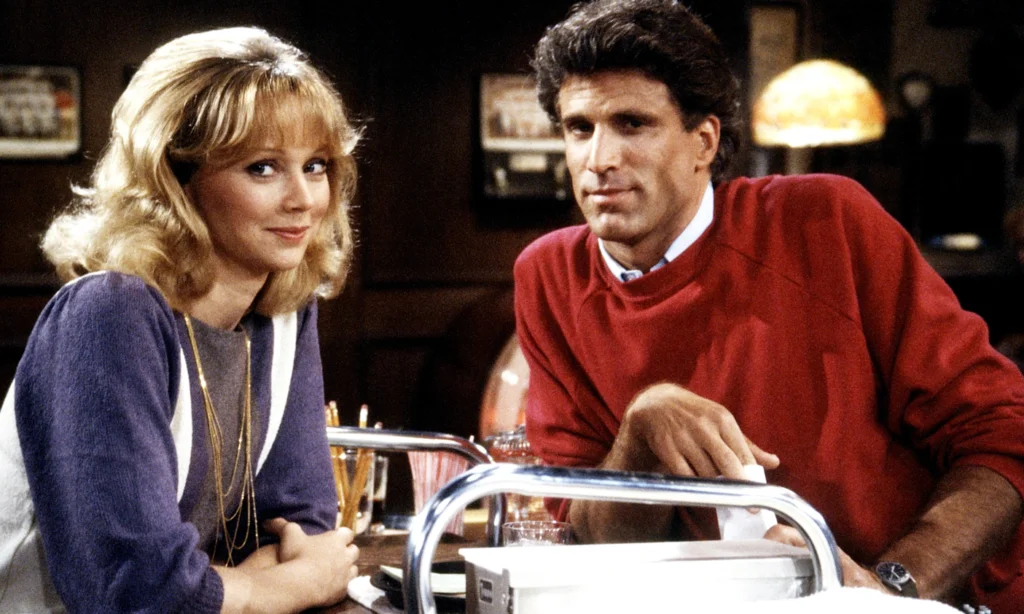
Ted Danson’s Sam Malone and Shelley Long’s Diane Chambers brought a unique intellectual and romantic rivalry to television comedy. Their relationship was characterized by constant verbal sparring, sexual tension, and fundamental differences in personality and background. Sam, the former baseball player turned bartender, and Diane, the intellectual writer, created a dynamic that became the heart of the show. For a further dive into half of this equation, AutoNation Drive explores Diane and what she brings to the table as an integral part of the show’s electrifying success driven by its two leads.
Their rivalry was both professional and personal, with each character constantly challenging and trying to one-up the other. The witty exchanges and underlying romantic tension made their relationship a groundbreaking television partnership. Sam and Diane represented a new model of romantic comedy that went beyond traditional sitcom relationships.
4. Jodie Dallas vs. Carol David on “Soap”
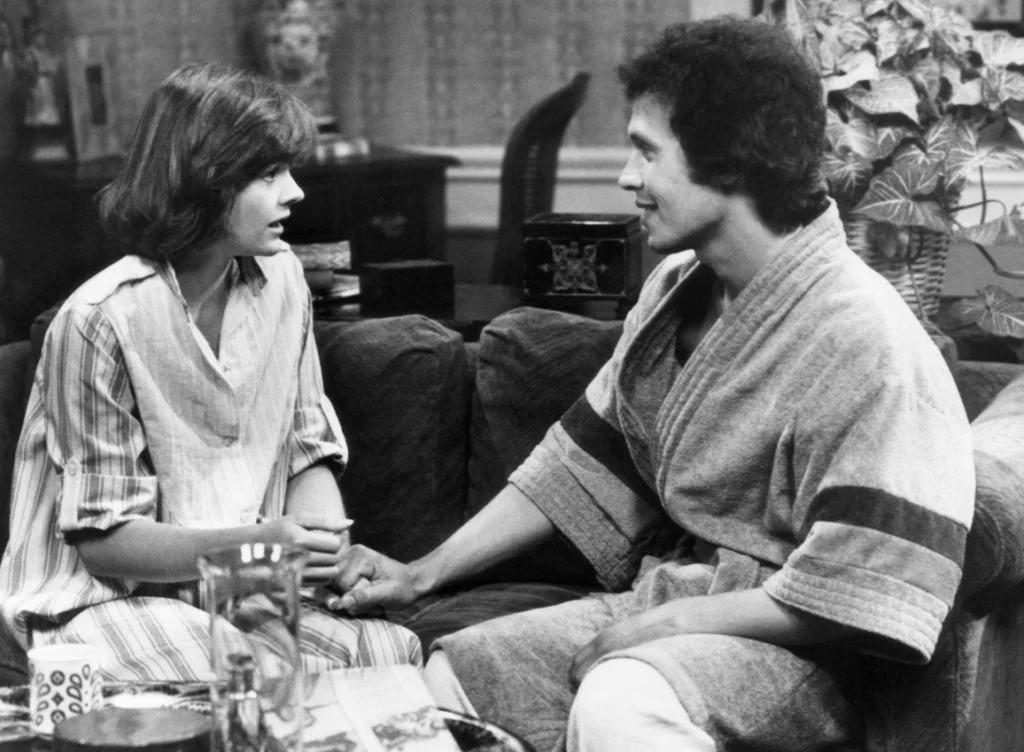
At the heart of Jodie Dallas’s most challenging personal storyline was his tumultuous relationship with Carol, the mother of his child and a central figure in a complex custody dispute. Their rivalry was rooted in fundamental differences about parenting, lifestyle, and personal expectations that went far beyond typical relationship challenges. The custody battle became a defining narrative arc for Jodie’s character, highlighting the social complexities of family structures during the late 1970s.
Billy Crystal’s portrayal of Jodie brought remarkable depth to this rivalry, showcasing the emotional nuances of a parent fighting for connection with his child while navigating societal prejudices and personal identity. Carol’s concerns about Jodie’s personal life and ability to parent created significant tension, leading to a series of legal and personal confrontations that tested both characters’ resilience. Their conflict was less about animosity and more about two individuals trying to do what they believed was best for their child, despite their profound differences.
5. Luke Spencer and Laura Spencer vs. Helena Cassadine on “General Hospital”
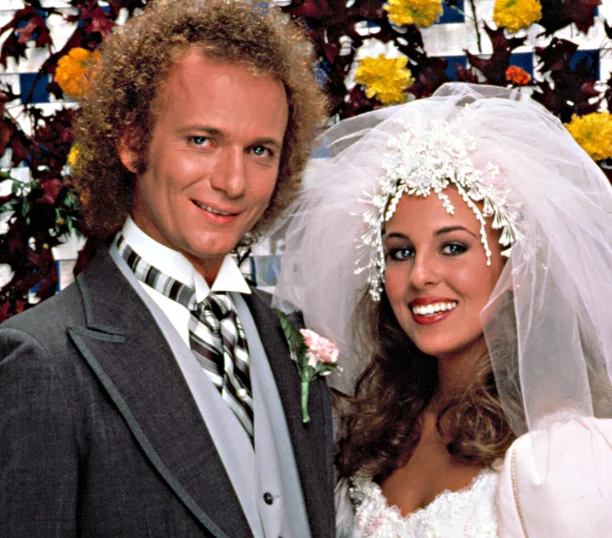
Anthony Geary’s Luke Spencer and Genie Francis’ Laura Spencer faced off against Elizabeth Taylor’s iconic Helena Cassadine in a rivalry that defined daytime television. The conflict centered on a complex narrative of love, revenge, and family drama that captivated audiences for years. Helena was the primary antagonist who constantly threatened Luke and Laura’s relationship.
Their rivalry went beyond simple romantic competition, involving complex plots of revenge, family secrets, and dramatic confrontations. The storyline became one of the most watched and discussed plot lines in soap opera history. Luke, Laura, and Helena represented the dramatic storytelling that made daytime television a cultural phenomenon.
6. Remington Steele vs. Laura Holt on “Remington Steele”
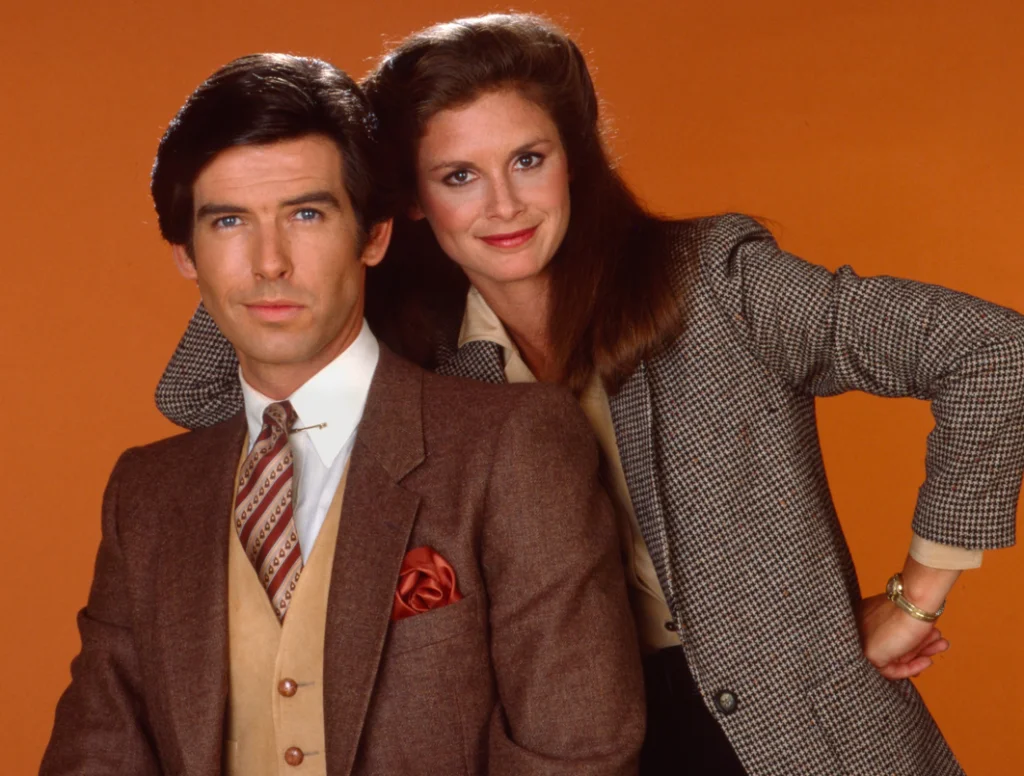
Pierce Brosnan’s Remington Steele and Stephanie Zimbalist’s Laura Holt created a unique professional and romantic rivalry in a detective agency setting. Their relationship was defined by constant verbal sparring and professional competition. The characters represented a new model of male-female professional partnership.
Their ongoing conflict balanced professional challenges with underlying romantic tension, creating a dynamic that was both comedic and dramatic. The show explored themes of gender equality and professional competence through their relationship. Remington and Laura became icons of 1980s television partnership.
7. The Dukes of Hazzard’s Boss Hogg vs. Bo and Luke Duke
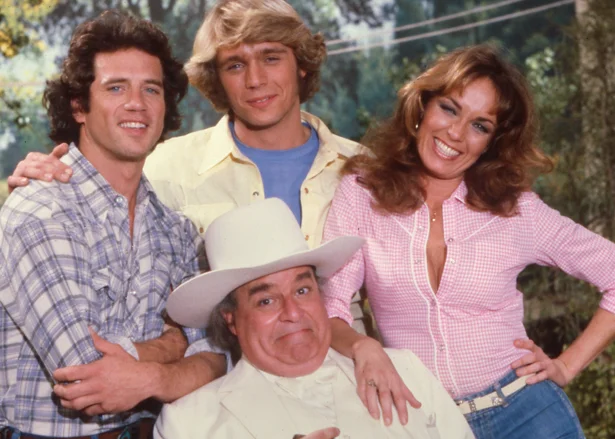
Sorrell Booke’s Boss Jefferson Davis Hogg continuously schemed against John Schneider’s Bo Duke and Tom Wopat’s Luke Duke in a long-running rivalry. The conflict centered on Boss Hogg’s constant attempts to run the Duke boys out of business and send them to jail. Their cat-and-mouse game became the central narrative of the popular action comedy series.
The rivalry was characterized by Boss Hogg’s corrupt political machinations and the Dukes’ Robin Hood-like resistance to his schemes. Each episode typically involved Boss Hogg creating an elaborate plan that the Duke boys would ultimately foil. The characters represented a classic good versus evil narrative that resonated with audiences.
8. Jessica Fletcher vs. Various Criminals on “Murder, She Wrote”
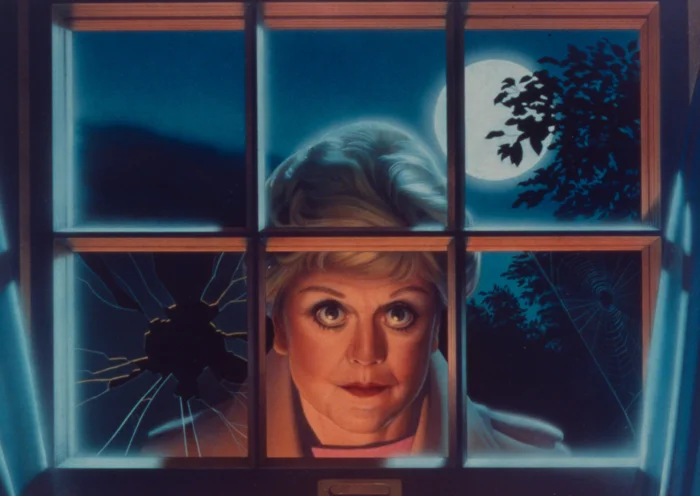
Angela Lansbury’s Jessica Fletcher became the intellectual rival to numerous criminals in the classic mystery series. Her character was a mystery novelist who consistently outsmarted local law enforcement and the criminals themselves. Jessica Fletcher represented a unique female protagonist who used intelligence to solve crimes.
Each episode featured Jessica unraveling complex criminal plots through her keen observational skills and logical reasoning. She became a cultural icon of female empowerment and intellectual detective work. The show challenged traditional crime drama narratives by placing an older female character at the center of the investigation.
9. B.A. Baracus vs. Murdock – The A-Team
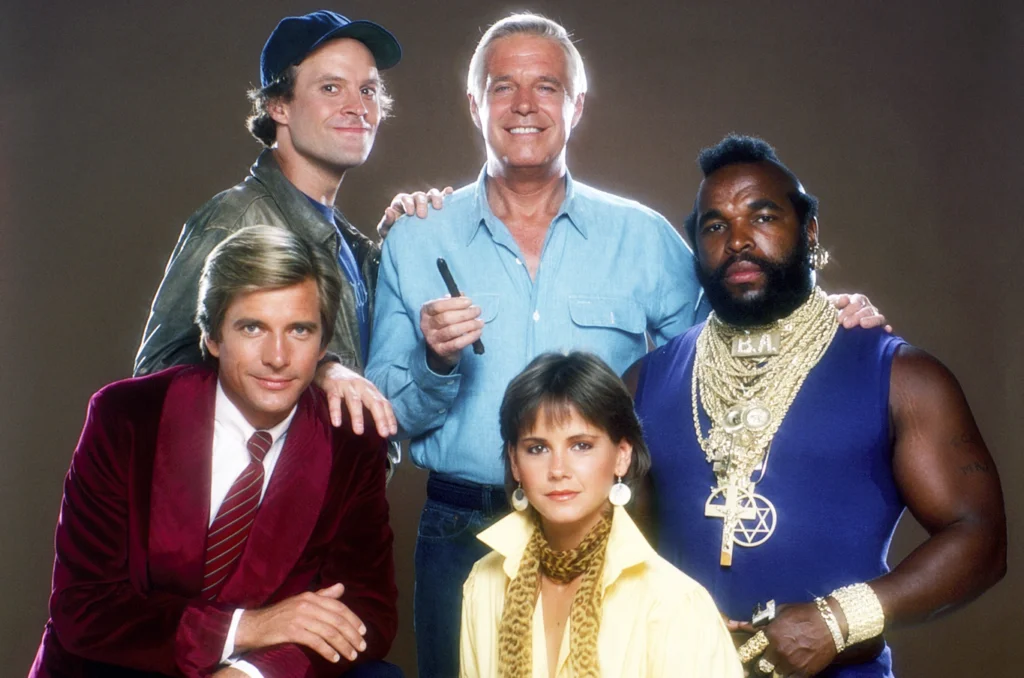
B.A. Baracus was all muscle and gruff logic, while Murdock was all chaos and charm. Their clash of personalities was a staple of every A-Team mission, especially when B.A. had to be tricked (or drugged) onto a plane. Murdock’s zany behavior drove B.A. up the wall, and B.A.’s constant grumbling only made Murdock push further.
Fans loved watching the dynamic unfold—Murdock clowning around while B.A. threatened to “pity the fool.” Despite their rivalry, there was a clear affection underneath all the bickering. Still, everyone had a favorite: the wild card pilot or the tough guy with the heart of gold.
10. Larry Dallas vs. Jack Tripper – Three’s Company

Jack Tripper may have been the heart of Three’s Company, but his neighbor and best friend Larry Dallas often stole the scene. The two were opposites: Jack, the lovable goofball with a conscience, and Larry, the self-proclaimed ladies’ man with questionable morals. Their friendly rivalry gave the show some of its funniest moments.
Larry was always pulling Jack into some hairbrained scheme, and Jack was always trying to stay out of trouble—usually failing. While their friendship was rock solid, fans still took sides: was Larry’s swagger cooler, or was Jack’s charm more endearing? The rivalry made for constant laughs and reminded us why opposites attract—even in sitcoms.
These rivalries were more than just television moments—they were cultural touchstones that defined an entire generation’s understanding of relationships, power, and drama. Each conflict represented something larger than the characters themselves, reflecting the social dynamics of the 1980s. More than simple entertainment, these rivalries became a way for viewers to explore complex human emotions and social interactions.


